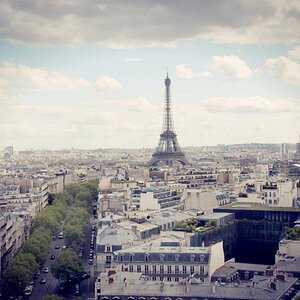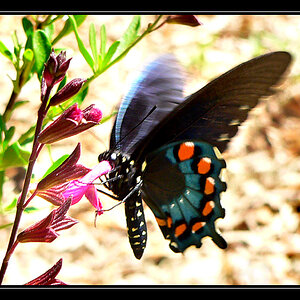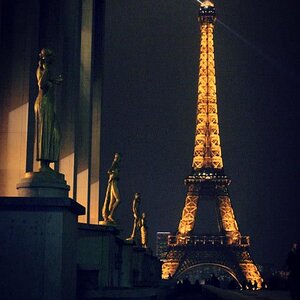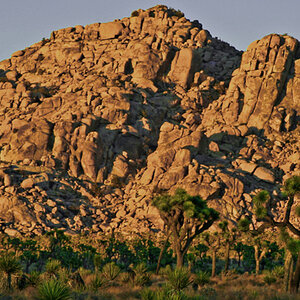- Joined
- Mar 29, 2016
- Messages
- 14,825
- Reaction score
- 8,265
- Can others edit my Photos
- Photos NOT OK to edit
Am I missing something????? Just perusing an online course in lighting from The School of Photography. Thought it might be something I could benefit from but at about 2.50 into the preview the guy talks about the need to add a 3 stop ND filter?????? I can't see the reasoning for not just adjusting the lighting power??? What am I missing????









![[No title]](/data/xfmg/thumbnail/35/35670-0571a45fff5cc94fc333fb959ce54517.jpg?1619737091)